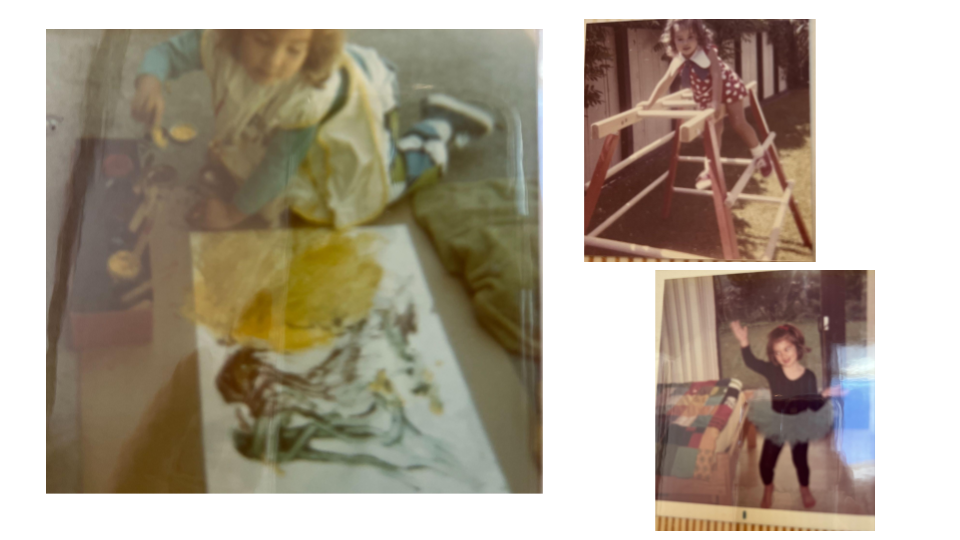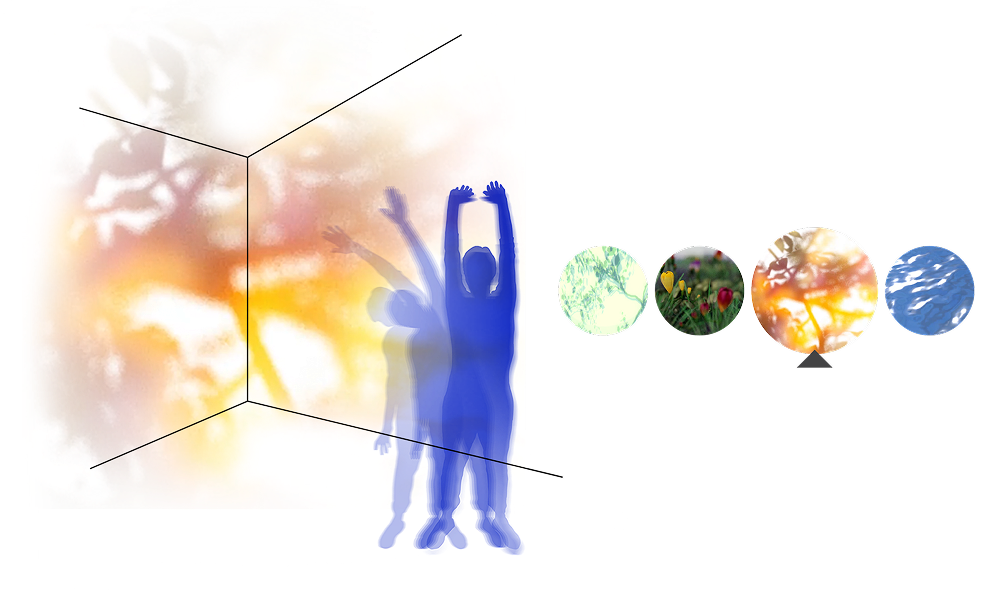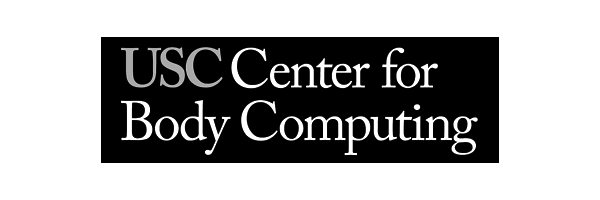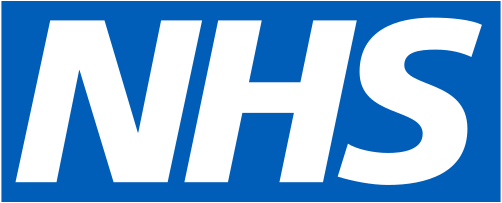
Why Movement Microbreaks Belong in the Schoolday, and Life
Children are hard-wired to MOVE. They begin kicking before birth and soon enough, before they have words, rely on movement to communicate, as in “pick me up” or “I’d like some of that.” Or, “I’m angry” or just plain “NO!” A simple tune accompanied by rocking or bouncing motion can instantly comfort them, improve their mood OR put them to sleep. Many waking moments are spent practicing moves: How do I sit up? How do I roll over? If I’m on my tummy and push with my feet, I’m mobile. If I can stand up and mimic older kids or adults, I’ll try a few steps. Lots of falling ensues but determination wins out with another trial walk/run.

Photo credits: Susan and Mike Painter
Once the basics are mastered toddlers continue to expand the human connections that movement can make. A simple wave at a stranger elicits one back, with a smile. Clapping hands is more fun shared with someone else. Walking by street musicians, kiddos will pause and start bobbing or jumping to the beat. Parents quickly learn the benefit of children “running off steam,” all the better if it can be outdoors. Early on, nature encourages curiosity and exploration, returning the child to a calmer state.
Early childhood teachers know full well that at a certain point the fidgets will set in, and focus on tasks is lost. Recess was invented for a reason- a chance for kiddos to revel in play and build socio-emotional as well as physical skills. Not every school has a safe and nicely- equipped playground, but there needs to be time-out from cognitive effort and from sitting at tables or desks. Perhaps the class takes a short walk together or does jumping-jacks indoors.
The inherent human need for movement doesn’t disappear with the passage of time, but it can be mostly ignored, or buried. Adults busy with work, family responsibilities and an unending number of “to dos” can shut off the part of the brain messaging “I need just a little time off.” Those who stay tuned in to their physical and mental well-being remain active through the decades, finding both calm and joy in movement. Never mind that aging may require some modifications in how you do what you do.
What does the science tell us?
Researchers found that the 4 minutes of high-intensity interval activity improved the selective attention of children in grades 3-5, as well as the scores on d2 tests (a paper and pencil test that measures sustained and selective attention, as well as processing speed and visual scanning speed). The movement breaks led to not only better attention, but also improved accuracy, quality of work, and degree of carefulness compared with no-activity days.1
In a review of 39 academic articles focusing on short breaks for young students, researchers found that in the majority of studies, academic-related outcomes improved following participation in classroom-based physical activity programs. Classroom-based physical activity improves on-task or reduces off-task classroom behavior immediately following participation in breaks; therefore, breaking up lesson time with physical activity offers a promising strategy to improve on-task behavior.2
Across a 4-month intervention of 3-5 minute activity breaks, elementary school students who engaged in such breaks twice a day, each school day, reported a range of improved attitudes to physical activity.3
“Not only are children having more difficulty paying attention, but they are also displaying this lack of concentration through physical means- in the form of fidgeting.”4
Physical activity seemed to influence their brains’ health, their thinking abilities and whether they experienced the memory loss of Alzheimer’s disease. The findings add to growing evidence that when we move our bodies, we change our minds, no matter how advanced our age.5
Cognitive functions, such as working memory and attention, have been shown to benefit from physical exercise.6
Movement Microbreaks have been shown to improve working memory, executive functions, information processing, and reaction times.7
- Ma, J. K., Le Mare, L., & Gurd, B. J. (2015). Four minutes of in-class high-intensity interval activity improves selective attention in 9- to 11-year olds. Applied physiology, nutrition, and metabolism = Physiologie appliquee, nutrition et metabolisme, 40(3), 238–244. https://doi.org/10.1139/apnm-2014-0309
- Watson, A., Timperio, A., Brown, H., Best, K., & Hesketh, K. D. (2017). Effect of classroom-based physical activity interventions on academic and physical activity outcomes: a systematic review and meta-analysis. The international journal of behavioral nutrition and physical activity, 14(1), 114. https://doi.org/10.1186/s12966-017-0569-9
- Mok, M. M. C., Chin, M.-K., Korcz, A., Popeska, B., Edginton, C. R., Uzunoz, F. S., Podnar, H., Coetzee, D., Georgescu, L., Emeljanovas, A., et al. (2020). Brain Breaks® physical activity solutions in the classroom and on attitudes toward physical activity: A randomized controlled trial among primary students from eight countries. International Journal of Environmental Research and Public Health, 17(5), 1666. https://doi.org/10.3390/ijerph17051666
- Hanscom, A. J. (2016). Balanced and barefoot: How unrestricted outdoor play makes for strong, confident, and capable children. New Harbinger Publications.
- Reynolds, G. (2021, December 1). How exercise may help keep our minds healthy. The New York Times. https://www.nytimes.com/2021/12/01/well/move/exercise-brain-health-alzheimers.html
- Chaire A, Becke A and Düzel E (2020) Effects of Physical Exercise on Working Memory and Attention-Related Neural Oscillations. Front. Neurosci. 14:239. doi: 10.3389/fnins.2020.00239 https://www.frontiersin.org/journals/neuroscience/articles/10.3389/fnins.2020.00239/full
- Chandrasekaran, B., Pesola, A. J., Rao, C. R., & Arumugam, A. (2021). Does breaking up prolonged sitting improve cognitive functions in sedentary adults? A mapping review and hypothesis formulation on the potential physiological mechanisms. BMC Musculoskeletal Disorders, 22(1), 1–16. https://doi.org/10.1186/s12891-021-04136-5
Breakthru in the World
Request a demo to learn how teams stay sharper, healthier, and more connected with Breakthru
See how science-backed, 2-minute microbreaks can boost focus, motivation, and resilience for your organization.

Join the
45,000+
corporations, educational
communities, and non-profits
worldwide using Breakthru.















